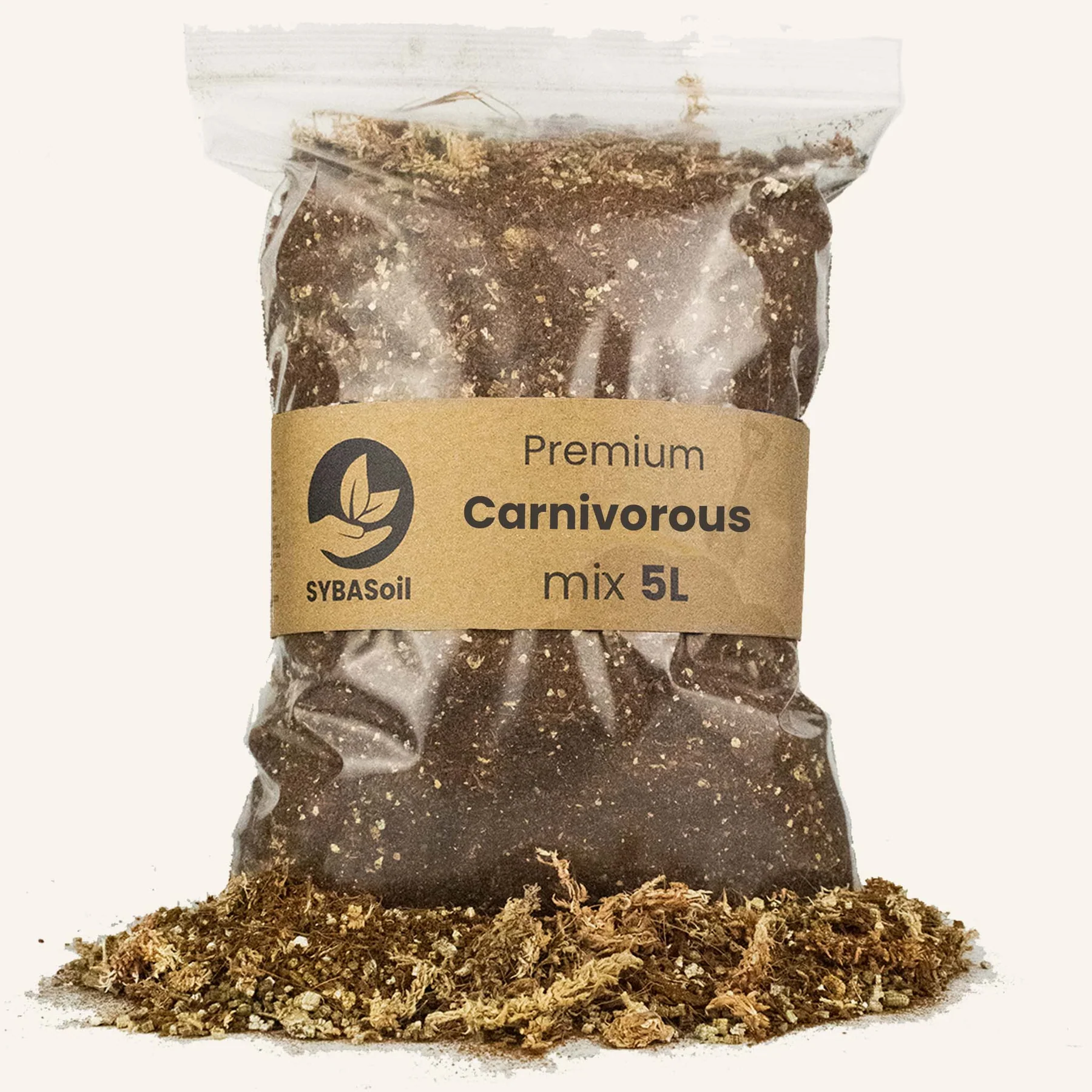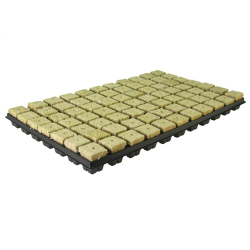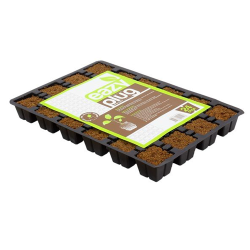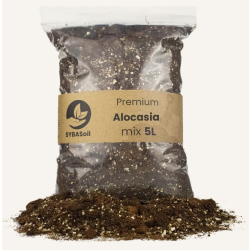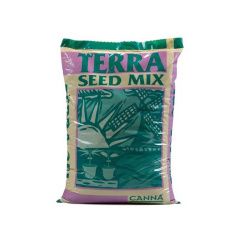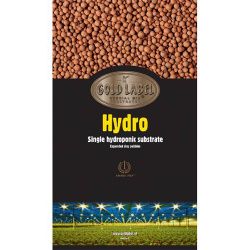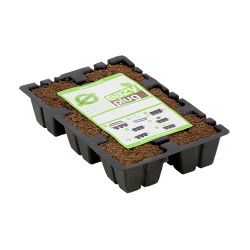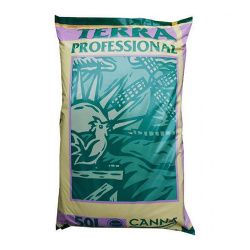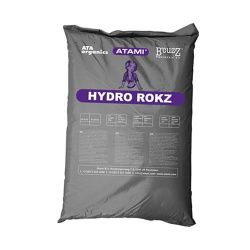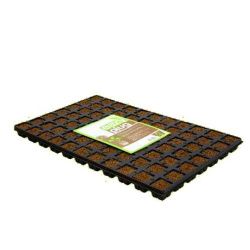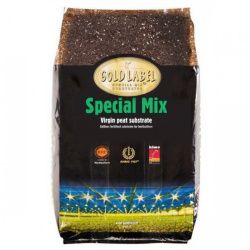Sybotanica Χώμα Carnivorous
How to use the soil mix for carnivores
Using the mixture is easy! Start by removing as much of the old soil as possible. Gently squeeze the pot while holding it on its side to loosen the plant. Run the roots under lukewarm tap water to remove the last bits and pieces.
Also, use scissors to remove any dry leaves that may still be on the plant. Now your plant is ready for its fresh carnivorous soil. Add a small layer of carnivore mix to the bottom of the pot.
Place the plant in the pot and slowly add fleshy soil to the sides to fill in. Make sure the point where the roots meet the plant is buried just below the fleshy soil,
Lightly spread the carnivore mixture on the cassava. Make sure you water the sarcophagus mixture well after transplanting, as this helps the mixture and the roots to settle.
Why the carnivore mixture works
Because of the vermiculite and sphagnum moss added, this mixture will stay moist for a long time, which gives you more time between watering your beloved carnivores. Carnivorous plants usually don’t have very large root systems, which makes them vulnerable to being uprooted.
The original habitat of carnivorous plants
The habitats of carnivorous plants vary, but almost always include soil that is low in nutrients and very moist. Common locations include swamps, bodies of water, rocky sites & marshes. They get almost zero nutrients from their soil, so this mix contains no fertilizer,
How to care for carnivorous plants
Carnivorous plants prefer full sun, so place them in a sunny part of your home. The carnivorous plant mixture must remain moist at all times. A great tip is to place the pot in a bowl or saucer full of water so the plant can absorb water as needed. It is not necessary to feed your plants with insects, but it can help with growth.

